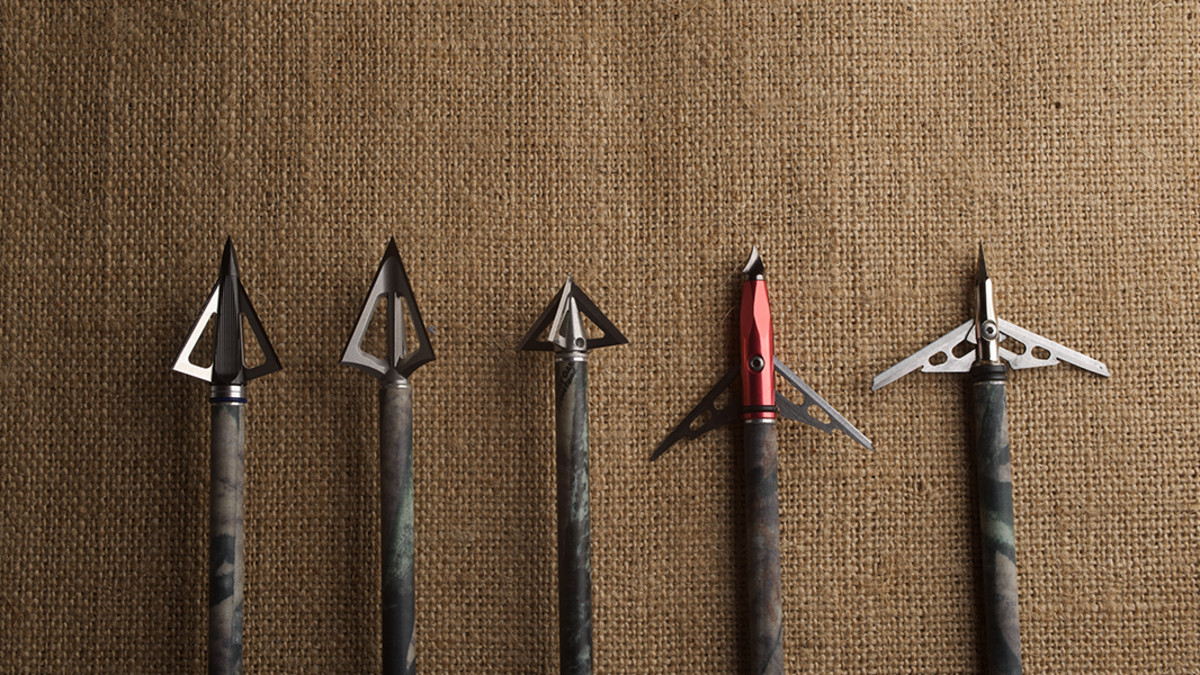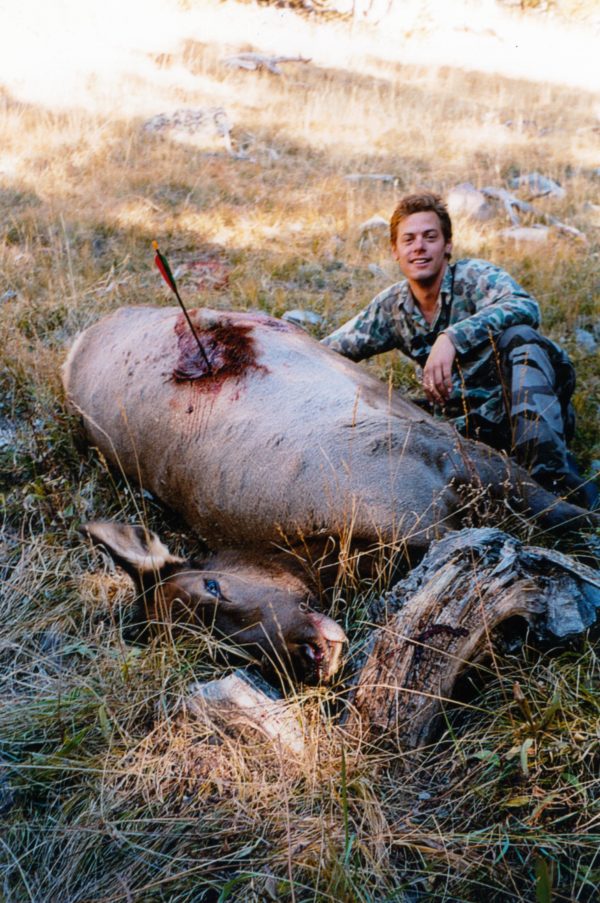
There are many truths when it comes to the relationship between an arrow and a broadhead. The more you hunt, the more varied truths you will encounter. Time and tinkering with arrow and broadhead setups will give you the, often fluid, applicable answers for your hunting scenario.
Weighing-In on Arrows
When it comes to opinions about arrows, there are two crowds: those who like arrows that are heavy and slow, and those who like arrows that are light and fast. Both arrows and broadheads are weighed in grains, an ancient measurement that came from the average mass of a cereal seed. Today, we know there are 437.5 grains in one ounce. Most arrows are labeled with a “grains per inch” value. Manufacturers typically build arrows weighing from 7 gpi to 12 gpi.
Broadheads: The Build and the Blades
There are two main types of broadheads used by hunters: fixed blade and mechanical. Fixed-blade broadheads have blades that are rigid and immovable; the blades of a mechanical broadhead open upon impact with the target. Mechanical heads generally fly better because they are more streamlined, but have less penetration because some of the energy is lost in opening the blades. Mechanical blades are also prone to a variety of failures.
If you abide by the “Keep It Simple Stupid” mantra, the fixed blade broadhead is for you. This train of thought is particularly true when hunting large, hard-to-penetrate animals such as elk.
Broadheads come as light as 85 grains and as heavy as 300 grains or more. The light and fast crowd will shoot an arrow averaging about 350 gr total weight. The lighter arrow increases speed and makes a flatter trajectory. This could be advantageous when shooting a whitetail deer, a species known for “jumping the string,” or reacting so swiftly to the sound of the bow that they’ve already moved by the time the arrow reaches them.

Thoughts for Kill Efficiency
When hunting larger and slower game, consider a heavier arrow weighing around 600 grains or more, broadhead included. The heavier arrow reduces noise and provides enough kinetic energy for deep penetration. This results in a higher incidence of exit wounds on large-sized big game, which allows more blood loss for a quicker death as well as a better blood trail.





Conversation